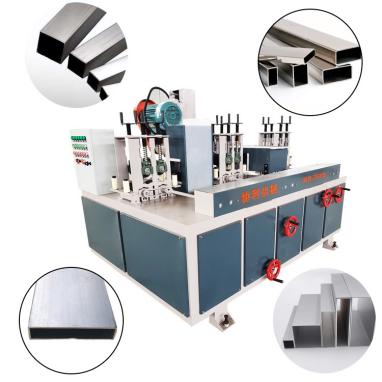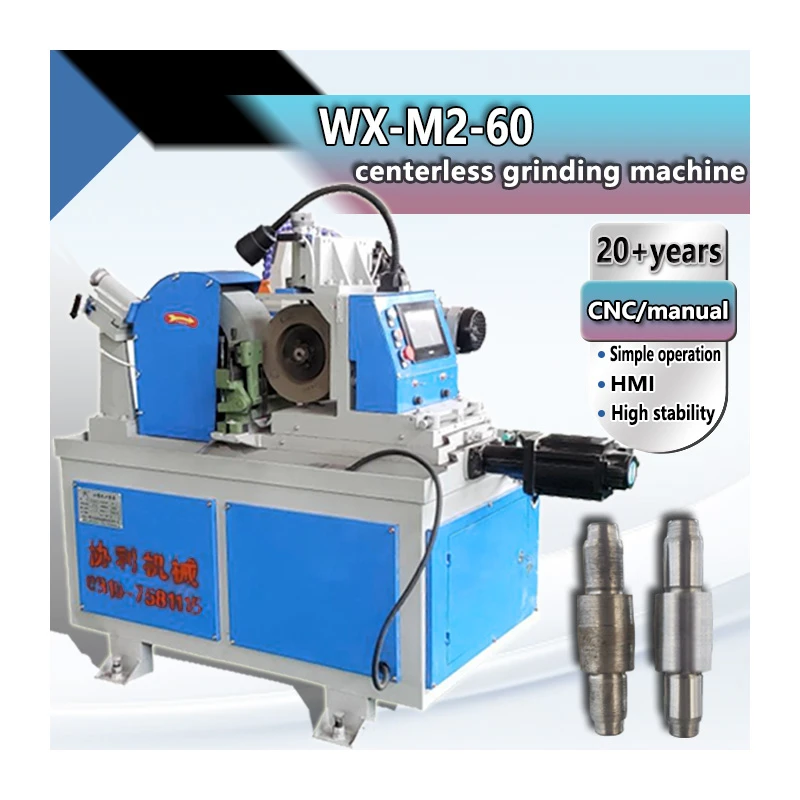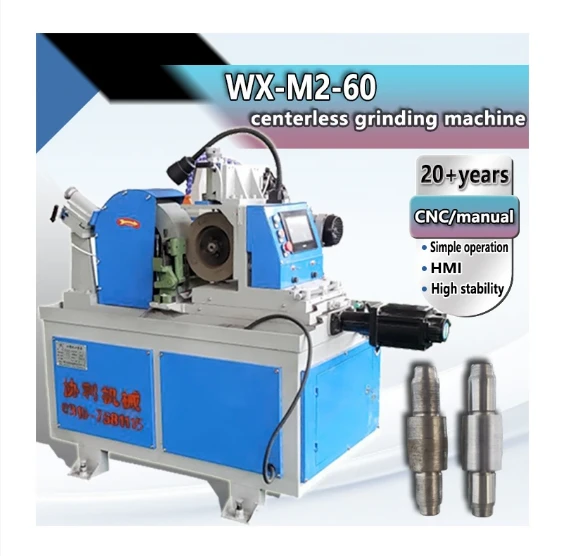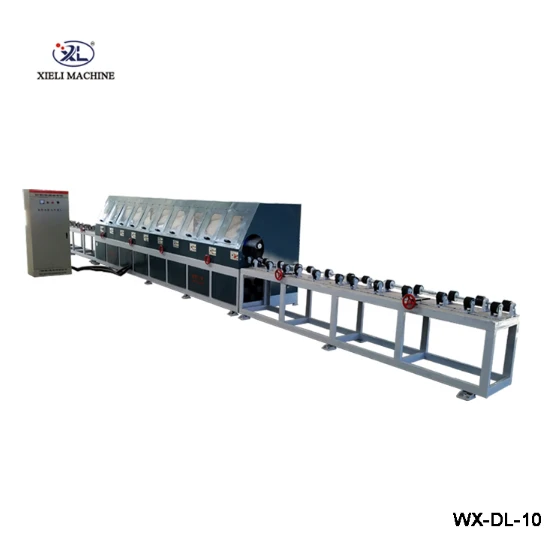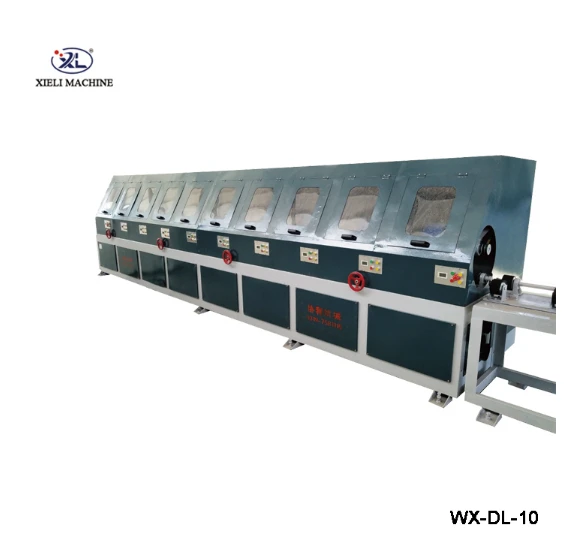Understanding the Bar Centerless Grinder An Essential Tool for Precision Machining
In the field of precision machining, the bar centerless grinder is an indispensable tool that plays a crucial role in the production of high-quality cylindrical components. Used predominantly in the metalworking industry, this innovative machinery allows for the efficient grinding of bars without the need for centralized fixtures, thereby maximizing throughput and minimizing operational costs.
What is a Bar Centerless Grinder?
A bar centerless grinder is a type of grinding machine that operates without the use of a traditional center to hold the workpiece in place. Instead, it utilizes a unique setup that incorporates three primary elements the grinding wheel, the regulating wheel, and the workpiece. The workpiece is positioned between these two wheels, allowing the grinding wheel to remove material from the outer surface of the bar while the regulating wheel controls its rotation and feed rate. This configuration results in superior dimensional accuracy and surface finish, which are critical in manufacturing processes.
Advantages of Centerless Grinding
1. High Throughput One of the most significant advantages of bar centerless grinding is its ability to handle high production volumes. Unlike traditional methods that require extensive setups and adjustments for each component, centerless grinding facilitates continuous operation. As a result, manufacturers can achieve higher output rates without compromising quality.
2. Consistency and Precision Centerless grinders are known for their ability to maintain tight tolerances, making them ideal for producing components that require precision. The machine’s design ensures that the parts are consistently held in place, reducing variations in dimensions and improving the overall quality of the finished product.
3. Versatility The bar centerless grinder can accommodate a wide variety of materials, including metals like steel, aluminum, and brass, as well as plastics. This versatility makes it a valuable asset for manufacturers that work with different types of materials and need to pivot quickly between different production runs.
bar centerless grinder
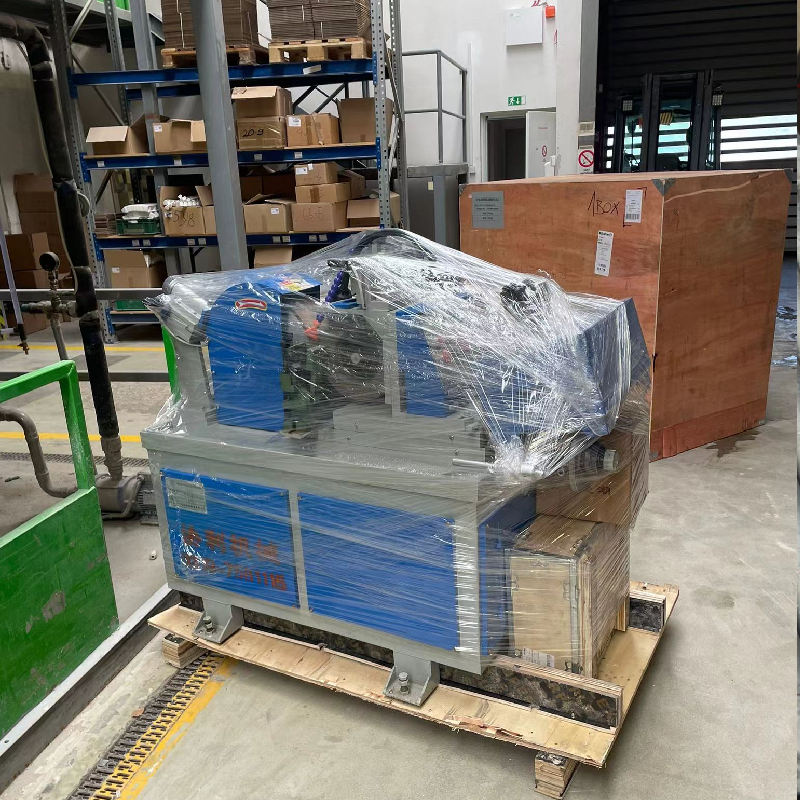
4. Reduced Human Error Automation is a key feature of many modern centerless grinders, reducing the reliance on manual labor and decreasing the potential for human error. This automation not only improves the efficiency of the grinding process but also enhances safety in the workplace.
Applications of Bar Centerless Grinding
Bar centerless grinders find extensive applications in various industries, ranging from automotive to aerospace, as well as in the production of medical devices and precision instruments. They are often employed to grind parts such as shafts, pins, and tubes that require consistent roundness and smooth finishes.
In the automotive industry, for instance, centerless grinding is essential for producing components like engine crankshafts and camshafts, which demand high levels of accuracy and surface integrity. In the aerospace sector, the same principles apply, as components must meet exacting standards to ensure safety and reliability in flight.
Conclusion
As the manufacturing landscape continues to evolve, the importance of precision machining tools like the bar centerless grinder cannot be overstated. It not only streamlines production processes but also enhances the quality of the components produced. With its numerous advantages, including high throughput, consistency, versatility, and reduced human error, the bar centerless grinder stands out as a vital technology that addresses the challenges of modern manufacturing.
Investing in this technology can provide manufacturers with a competitive edge, ensuring they can meet increasing demands for precision and efficiency in a fast-paced market. As industries move forward, the reliance on advanced grinding solutions like the bar centerless grinder will undoubtedly grow, solidifying its position as an essential tool in the realm of precision machining.

